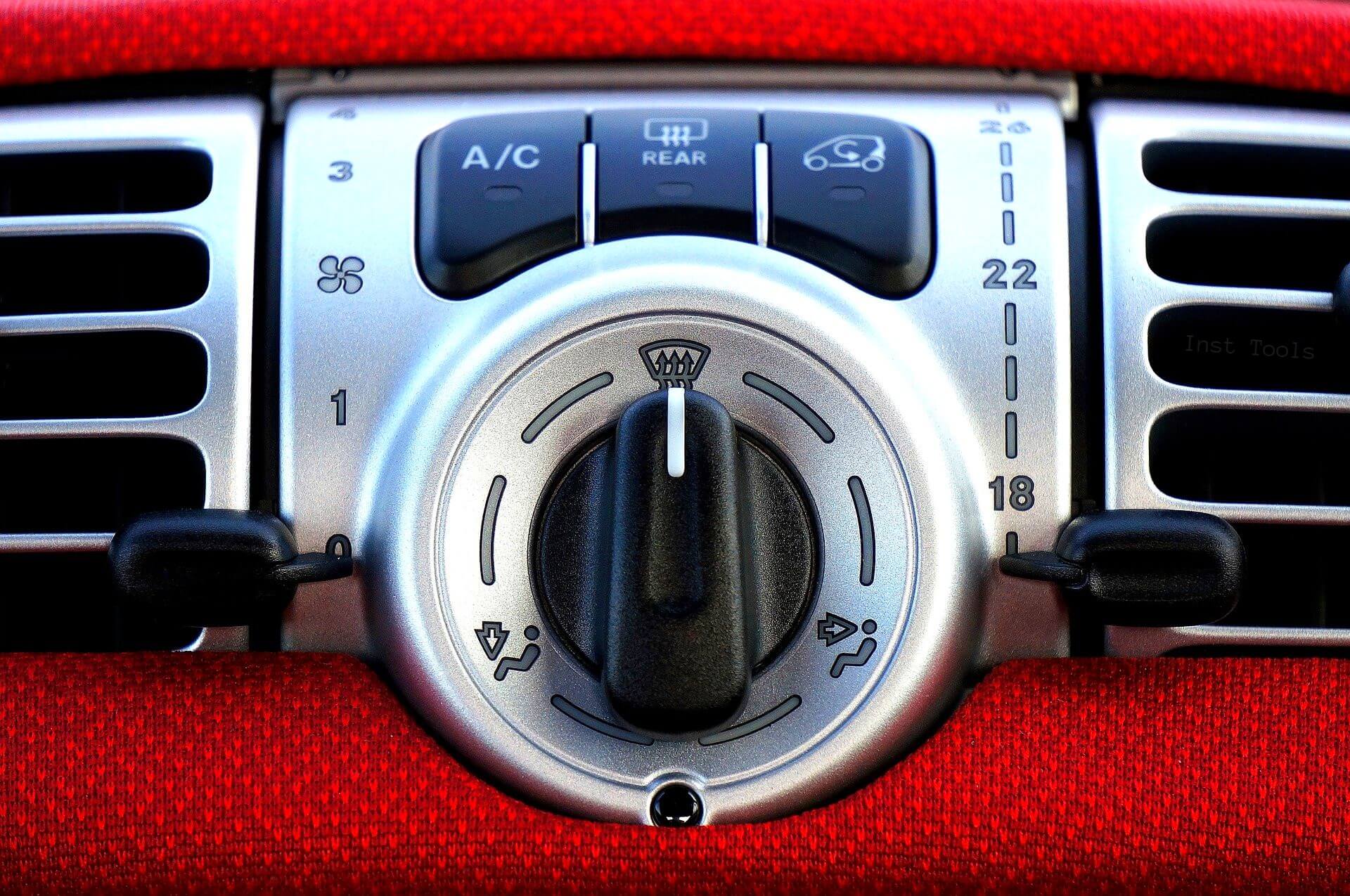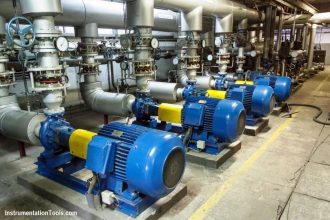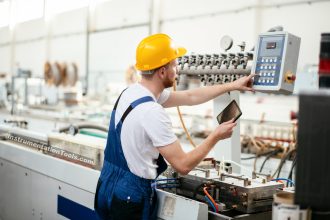In this post, we will see the concept of automotive radiators.
We all know how ventilation and cooling is an important factor deciding the use of HVAC. HVAC finds its use in each and every part of our daily life cycle. You cannot survive with clean and liveable air around.
In the same way as humans, let us see it’s another important use in cars. We all know about car engines, but only some of us know how it cools down in running condition.
Overheating of engines can damage the overall performance of the car. So, every automotive engine requires a cooling system in order to keep itself cool. One such component of this cooling system is a radiator.
Radiators are terms familiar to automation engineers in HVAC systems. The same concept is used in the working of a car engine’s cooling system.
Automotive Cooling System

An automotive cooling system consists of a radiator, fan, water pump, coolant reservoir, thermostat, and its necessary piping. Heat exchange takes place inside the engine to dissipate heat from the engine.
The sequence starts from coolant reservoirs, which have the coolant liquids stored in them. It is similar to refrigerant gas flowing in the compressor system.
The coolant liquid is flown in the whole engine circuit through a water pump. The coolant absorbs the heat generated from the engine. According to the heat transfer mechanism, heat flows from hot to cold surfaces. So, the heat is dissipated in the coolant liquid.
The thermostat is a sensor-type device that continuously monitors the temperature of the coolant liquid. Typically, when the coolant liquid temperature is raised above the engine operating temperature (200-250 deg. Celsius), the thermostat allows the coolant to pass to the radiator inlet.
So, it basically acts like a regulating valve. Thermostats consist of a chamber filled with wax and a rod that is pressed against it.
Due to an increase in temperature, the wax begins to melt. This melting causes thermal expansion of the wax which pushes the rod and allows the coolant to pass to the radiator.
Automotive Radiator
Once the coolant enters the radiator, the fan is turned on automatically. It is similar to condenser fans in a compressor circuit. Radiators are similar to heat exchanger evaporators used in HVAC systems.
As the fan rotates, the coolant which is flowing in the radiator pipes dissipates the heat in the outer air.
When the coolant reaches the outlet of the radiator, its temperature has been reduced to a great extent. This coolant is then circulated in the cycle again. This whole concept is thus a part of the HVAC system due to the heat transfer mechanism.
Cars when moving support the concept of radiators in a great way due to incoming air flow in a great deal. But, when cars are stationary or moving slow, the internal fans then play an important role.
Radiators require regular cleaning at intervals to prevent the fins and pipes of the radiator from catching up dust and dirt. Otherwise, radiators get choked up and will prevent proper cooling of the coolant liquid.
Radiators thus need to be properly maintained. Also, the level of coolant liquid needs to be checked in regular intervals to prevent overheating of the car engine. Radiators thus play an important role in the cooling system of automotive engines.
If you liked this article, then please subscribe to our YouTube Channel for Instrumentation, Electrical, PLC, and SCADA video tutorials.
You can also follow us on Facebook and Twitter to receive daily updates.
Read Next:
















